Commercial roof leak detection involves a multi-faceted approach using advanced technologies like infrared thermal imaging and diagnostic software to identify hidden damage. Factors contributing to leaks include aging, weather, and poor maintenance. Modern solutions have transformed inspections by offering efficient remote leak detection, reducing costs and turnaround times. Early detection provides significant advantages, saving businesses money and extending roof lifespans. Combining cutting-edge technology with regular maintenance is crucial for effective commercial roofing leak prevention and repair. Choosing reputable experts specializing in leak detection and using high-quality materials are key to safeguarding commercial properties.
Commercial roofing leak detection is a vital process to safeguard your business’s investment. This comprehensive guide delves into the intricacies of identifying and mitigating roof leaks, offering a critical analysis of traditional and modern methods. From understanding basic causes to exploring advanced technologies, we explore how early detection benefits businesses.
Through real-world case studies, learn from successful leak management strategies. We also provide insights on choosing expert professionals and preventative measures to ensure your commercial roofing remains secure.
Understanding Commercial Roof Leak Detection: The Basics
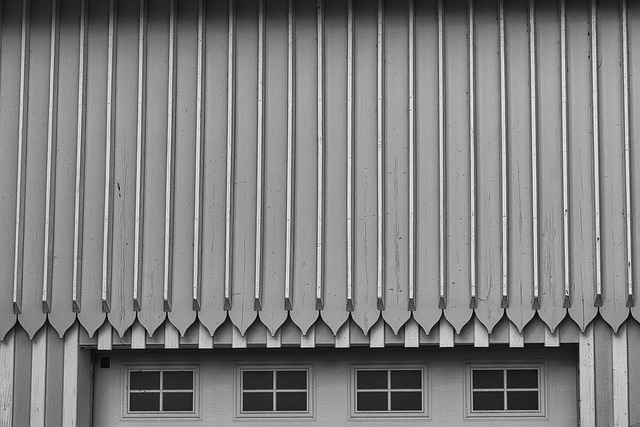
Commercial roof leak detection is a critical process for any business owner, as it involves identifying and addressing water intrusion issues before they cause significant damage or lead to costly repairs. The basics of commercial roofing leak detection involve a combination of visual inspections, infrared technology, and advanced diagnostic tools. By regularly inspecting the exterior and interior of a building, including looking for signs of moisture, discolouration, or warping, professionals can often pinpoint potential problem areas before they turn into full-blown leaks.
Infrared thermal imaging cameras are particularly useful in this process, as they can detect heat discrepancies that indicate hidden water damage. These tools allow roofers to see through insulation and other materials to uncover the source of a leak, even if it’s not immediately visible. Additionally, modern diagnostic software can analyse various data points, such as weather conditions, building design, and historical maintenance records, to predict potential leaks and help develop proactive maintenance plans for commercial roofing systems.
Common Causes of Commercial Roof Leaks

Commercial roofing leaks can arise from various factors, often requiring expert attention for effective detection and repair. Some common causes include aging and wear and tear, as many commercial roofs have long lifespans and are exposed to harsh weather conditions over time. Cracks, broken or missing shingles, and deteriorated flashing around vents and chimneys are frequent culprits in allowing water ingress. Additionally, improper installation or maintenance can lead to leaks; gaps in sealing materials, damaged gutters and downspouts, and inadequate drainage systems all contribute to potential commercial roofing issues.
Traditional vs Modern Leak Detection Methods
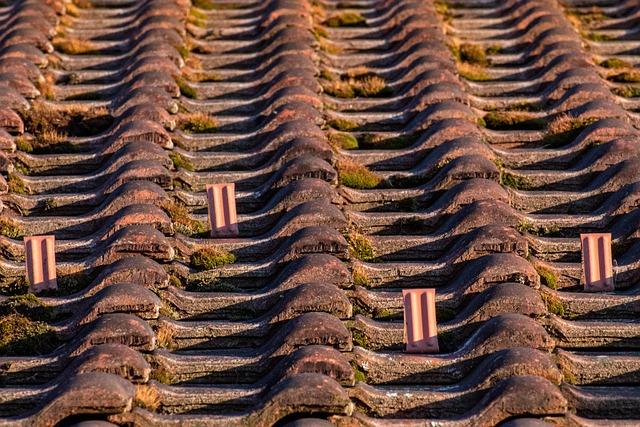
In the realm of commercial roofing, leak detection has evolved significantly over time, shifting from traditional to modern methods that offer enhanced precision and efficiency. Traditional techniques often relied on visual inspections and manual tracing, which could be time-consuming and required extensive on-site scrutiny. This method was prone to human error, especially in large or complex roof structures.
Modern leak detection methods leverage advanced technologies such as thermal imaging cameras, infrared sensors, and remote sensing tools. These innovative solutions enable technicians to detect leaks from a distance, identifying temperature variations that signify moisture intrusion. By utilizing non-invasive techniques, modern approaches minimize disruption to business operations and reduce the need for extensive roof access. This results in faster repair times and cost savings for commercial roofing projects.
Advanced Technology in Commercial Roofing Inspection
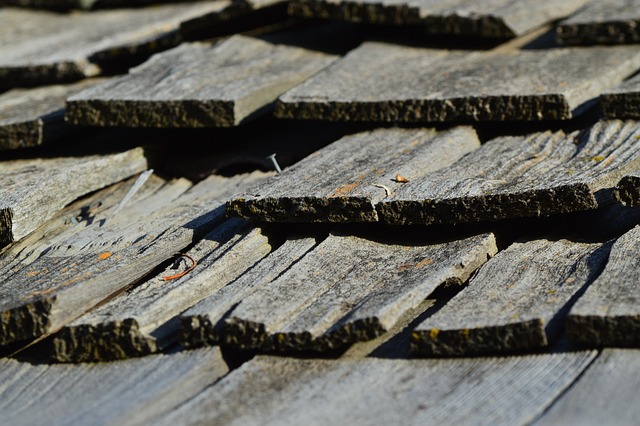
The evolution of technology has significantly transformed the way commercial roofing inspections are conducted, leading to more efficient and accurate leak detection. One of the most notable advancements is the integration of thermal imaging cameras, which enable inspectors to identify temperature variations on roof surfaces, potentially indicating water intrusion or insulation issues. These tools can quickly pinpoint problem areas, even in hard-to-reach places, making it easier for professionals to diagnose and address leaks before they cause substantial damage.
Additionally, drone technology has emerged as a game-changer in commercial roofing inspections. Unmanned aerial vehicles (UAVs) equipped with high-resolution cameras and sensors can capture detailed images of vast roof structures from multiple angles. This provides a comprehensive view, allowing for the early detection of defects, missing or damaged shingles, flashing issues, and other potential leak sources. The use of drones also enhances safety by reducing the risk to inspectors in hazardous conditions, making commercial roofing maintenance more accessible and efficient.
Benefits of Early Leak Detection for Businesses
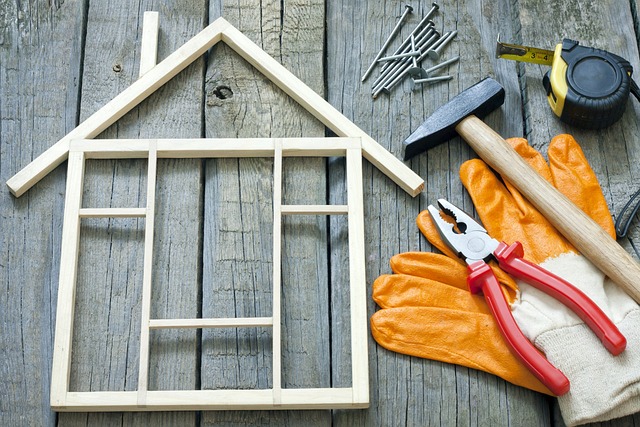
Early leak detection offers businesses numerous advantages in the realm of commercial roofing. By identifying potential issues at their inception, businesses can avoid costly repairs and replacement down the line. This proactive approach not only saves financial resources but also minimizes disruption to daily operations. A leaking roof can cause significant damage to interior spaces, leading to expensive renovations and temporary closures.
Additionally, early detection enhances the longevity of commercial roofing systems. Prompt action allows for the repair or replacement of damaged components before they escalate into major problems. This extends the overall lifespan of the roof, ensuring better protection against weather elements and environmental factors. As a result, businesses can maintain their properties’ structural integrity and curb appeal, which are essential for attracting customers and clients in a competitive market.
Case Studies: Successful Leak Detection and Repair
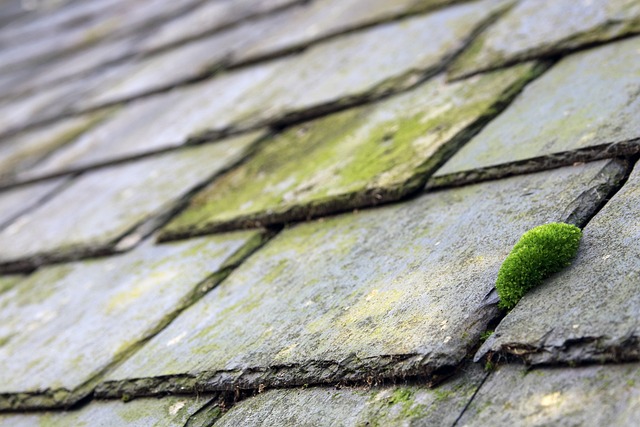
Successful leak detection and repair in commercial roofing often hinge on meticulous strategies and advanced technologies. Case studies abound with examples of businesses saving significant time, money, and assets through proactive leak management. One such instance involves a large industrial complex where periodic inspections using infrared cameras revealed a subtle leak hidden behind a vast array of solar panels. The leak was pinpointed swiftly, allowing for immediate repair before it escalated.
Another notable case features a high-rise office building that implemented a comprehensive roof monitoring system. This system, integrating sensors and real-time data analysis, detected a minor breach early in its development. Prompt action by the maintenance team prevented extensive damage, underscoring the importance of combining cutting-edge technology with regular maintenance routines for effective commercial roofing leak detection and repair.
Choosing the Right Commercial Roofing Professionals

When it comes to commercial roofing, choosing the right professionals is paramount. Look for a company with extensive experience in leak detection and repair for large-scale roofs. Reputable firms should have a proven track record of handling complex commercial roofing issues and be equipped with modern technology for accurate leak identification.
Certification from industry-recognized bodies is also essential. This ensures the team has the necessary skills and knowledge to address any challenges your roof may present. A good commercial roofing professional will offer a comprehensive assessment, providing you with insights into potential problem areas and offering tailored solutions to prevent further damage.
Preventative Measures to Avoid Future Roof Leaks
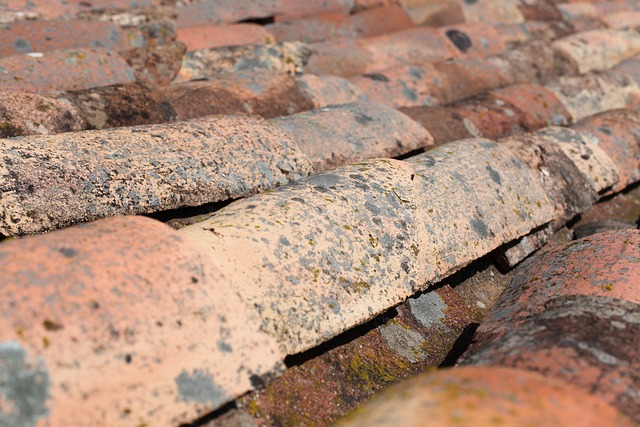
Regular maintenance is key in preventing future roof leaks for commercial roofing. Regular inspections are essential to identifying any potential issues early on, such as damaged or missing shingles, flashing problems, or signs of moisture intrusion. Property managers should also ensure proper drainage systems and clear gutters to prevent water buildup around the building’s perimeter. By addressing these preventative measures, businesses can significantly reduce the risk of costly roof leaks and extend the lifespan of their commercial roofing systems.
Additionally, choosing high-quality materials and working with experienced professionals for installation and repairs plays a vital role in leak prevention. Using durable, weather-resistant shingles and proper sealing techniques around vents and chimneys can fortify the roof against elements that cause damage over time. Regular re-sealing and maintenance checks by experts ensure that all components of the commercial roofing system are functioning optimally, providing an extra layer of protection against leaks.
